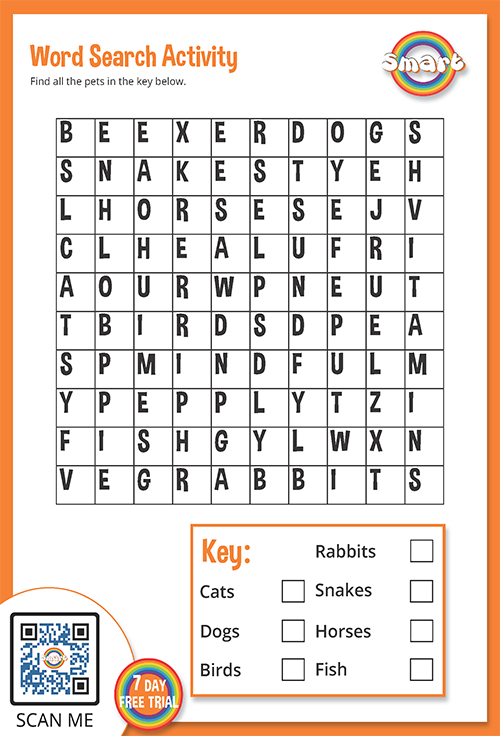Apology Cards: Healing Relationships through Kind Actions

Life is full of misunderstandings, mistakes, and arguments. Perhaps it has been an argument with a friend, miscommunication with your partner, or one malicious mistake at work that can stand to strain the relationships. While certain conclusions will be hard to settle, usually, the act of apology serves as a critical first step in mending a relationship. Perhaps the most sincere and personal methods through which one can pour out remorse and renew reconciliation are apology cards. The value of writing a thoughtful card to apologize is matched by nothing better in revealing whether you are serious or a daddler-hearted person, emotionally weak, or willing to make up.
The Power of a Genuine Apology
Before entering the field of art of Apology cards, let’s know what an honest apology is. An apology is more than a simple “I’m sorry.” It is acknowledging hurt or damage; taking responsibility; and showing true remorse. A well-thought apology can bridge the emotional gap between two people and lay a foundation for rebuilding trust and understanding.
A thoughtful apology is not just words. It shows:
Empathy: An apology affirms the other person’s feelings and proves that their experience is seen and understood.
Responsibility: Ownership of your action (or non-action) in regard to the issue is an aspect of the greater context of responsibility.
Will to Heal: An apology demonstrates a genuine intent to heal the relationship, not merely walk out of it broken.
But what makes an apology card so special, and how can something as simple as this have such a big impact?
Why Apology Cards?
Today is a big day; apologies are made by text messages that appear within minutes, emails, or quick words in the voice. Such forms of communication may show regret in form but lack depth in their approach. Apology cards are thought-provoking and intentional; they cannot be equated with quick texts or emails. Here’s why they matter:
Tangible and Personal: A physical card can be held, re-read, and treasured. That sets it apart from the digital messages above. It reveals that you cared enough to take your time and efforts in selecting or crafting something tangible that may make the apology feel more personal as well as real.
This is a conscious act. Choosing the right words and the right card with the proper delivery all signifies that you really mean business when it comes to the apology.
Keepsake: An apology card can also be regarded as a type of keepsake. Some keep holding on to the card for it to become an instrument of closure, reminding them that amidst all the commotion, the relationship did survive after all.
Expression with Care: At times, one cannot express oneself on the face due to an apology situation wherein a person is bound to be short of words. An apology card serves as one feasible way in which such time can be taken in preparation and emotions can be expressed without having any pressure for an immediate reaction from the other person.
It makes one take time for sincere reflection. The process of sitting down to pen an apology allows one to think deeper into their mistakes, why they were hurtful, and how they can avoid making the same mistake again. Reading an apology card from the sender could also give the recipient a chance to reflect calmly, away from the fire of the moment.
Types of Apology Cards
It is not like one size fits all, and that pretty much sums it up when it comes to apology cards. There are so many different kinds of apologies, depending on the situations, and the choice of card will do the trick, or it will make all the difference between getting your message across and not. Below are a few different types of apology cards suited for certain contexts:
1.Formal Apology Cards
Formal apology cards are used in professional settings or when the nature of the problem demands a more institutionalized and polite tone. They are useful for work, especially talking to a peer, client, or a leader after a mistake has taken place. They also apply where a more muted, formal approach is necessary.
Some general words and phrases formal apology cards use include:
“Please accept my most abject apologies for.”
“I apologize for the trouble I have given to which.”
“I am responsible for and accountable for that which I have done. I want to make things right.”
2.Personal and Sincere Apology Cards
If it’s a close relationship, like that of a good friend, family member, or even a partner, heartfelt apology cards can be expressed in an honest and true light. These usually come in softer tones, using words to actually help delineate empathy and emotional connection.
Examples of phrases in personal apology cards are the following:
“I do sincerely apologize for all the pain I caused. Please know that I hold our relationship dearly.”
“My heart is broke over the tears I see in your eyes. I want to make it right.”
“I did not intent to hurt you, and hope that we can move beyond this together.”
3.Funny Apology Cards
Sometimes, humor really helps to lighten up the mood and shows one is not taking things too seriously. Humorous apology cards are perfect for a small misunderstanding or relationship in which humor does play a big role as part of communication. You get to apologize while still managing to smile back at the recipient.
But you do have to measure the level of seriousness. If the situation is of the most serious nature, a funny card might be seen as flippant and not serious.
Examples of sarcastic apology phrases for the card
“Oh, I’m sorry I’m such a mess…. At least I am your mess!”
I messed up. You get to say ‘I told you so’… just this once.”
Let’s pretend this never happened. Please forgive me!
4. DIY and Custom Apology Cards:
Personal touches can make the meaning behind your words come alive. Sometimes hand making a card or getting custom-made online is the symbol of extra effort. An apology card, therefore provides an opportunity to customize the design, images, and even text to forge your personal relationship with the recipient.
A sample personalization to an apology card is:
Inside jokes or references special to your relationship would be present.
Photos that seemed to capture happy moments between you and the recipient.
Creative elements like drawings, stickers, or custom-made designs.
5.Group Apology Cards
Sometimes, a group needs an apology. Group apology cards are very helpful when several persons have been involved in a conflict, or even when a team wants to apologize collectively. This may be appropriate in an organizational setup, for example, when a team of employees needs to apologize to a client, or even to another colleague.
The cards can be personally signed by all individuals concerned and carry personal messages, such that the apology offered appears to be common and genuine.
The Best Apology Letter Creation
An apology card is only as powerful as the words that provide it. While the card itself shows effort, it is in the words that reside within that you find your expression of sorrow and desire to make amends. Creating a good apology message takes thoughtfulness, empathy, and emotional maturity. Here’s how to pen a sincere apology message for your card:
1. Acknowledge What Happened
Begin by clearly stating to him what exactly went wrong. Be clear and specific in showing him that you realize the impact of what you did.
Example: “I know my remarks yesterday during our talk were painful and insensitive.”
2.Accept Responsibility
Don’t try to excuse your behavior or point fingers elsewhere. Showing maturity, you need to accept full responsibility for your actions. Being sorry is not enough; it must be done sincerely.
Example: “I take full responsibility for what I said, and I know very well that it was wrong to talk with you the way I did.”
3.Apologize with Regret
Express your remorse genuinely over the behavior. Use phrases that contain your words of regret, as well as your acknowledgment of the emotional pain you have caused in the other person.
Example: “I am deeply sorry for the hurt and frustration I have caused you; I just cannot help but feel sad for having hurt somebody whom I care about.”
4.Propose a Solution
If at all possible, propose a solution or mention how you would make up for what you have done. It shows that you are serious about changing the ways of how you conduct yourself and nothing like this will ever occur again.
Example: “I especially want to talk things through and talk about how we might be able to work so I can make things right. “
5.Renew Commitment to Relationship
Close by renewing your commitment to the relationship – it could be a friendship, romantic relationship, or a professional relationship.
Example: “You mean a lot to me and I would love to see how we can move past this and be as strong and supportive of one another as possible.”
When to Send an Apology Card
Timing also plays a crucial role in sending an Sorry online. An apology that comes too soon may seem rushed and sent in the heat of the moment. Or worse, it will come too late, giving the impression that the apology is compelled. Try to get your card on its way when you and the recipient are both at a point of reflection but not necessarily so cold as to turn the other cheek.
Best times to send an apology card are when:
After a quarrel: Only after the heat of the emotions has cooled down, a card can be used to reopen communication lines.
After a mistake at work: An official apology card can be a way to show professional courtesy, as well as willingness to make amends.
After hurting someone’s feelings: Such a card can demonstrate sensitivity and thoughtfulness.
Conclusion: Apology Cards as Bridges of Reconciliation
When digital communication very much rules the world, taking time to write and send an apology card is something refreshing, from the heart. It shows that you are willing to invest your time and effort in mending relationships and that you understand the importance of a moment. Whether formal or personal or funny or handmade, apology cards give one a tangible way to show sorrow and set the stage for healing and reconciliation.




